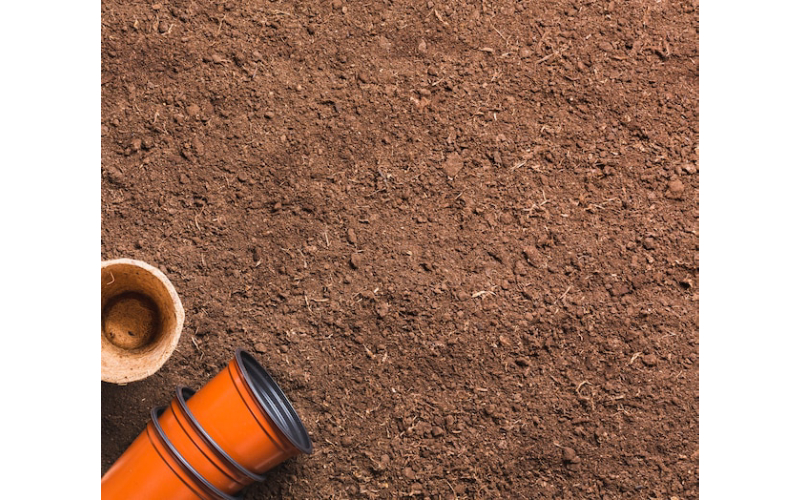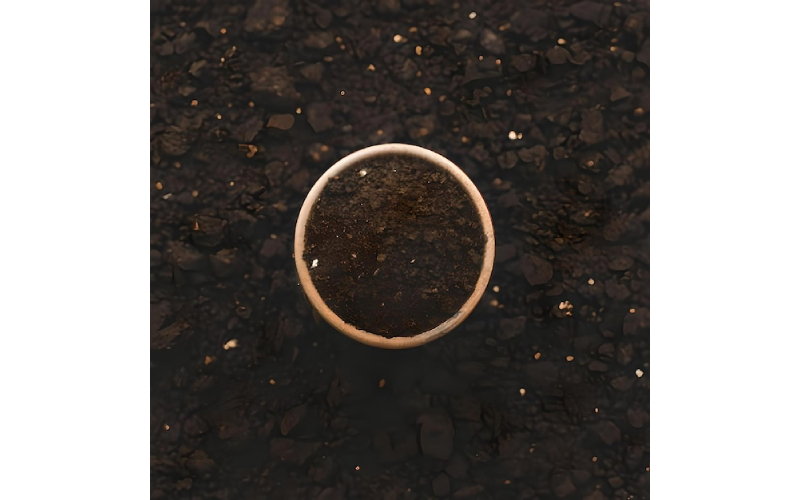Using top soil to enhance soil fertility involves several strategies aimed at improving the nutrient content and overall quality of the soil. First and foremost, incorporating top soil into existing soil can significantly increase its organic matter content, which in turn boosts fertility. When adding top soil, it’s essential to ensure that it’s well-mixed with the existing soil to create a homogeneous blend. This mixture improves soil structure, enhances water retention, and promotes better root development. Additionally, top soil often contains beneficial microorganisms that help break down organic matter, releasing essential nutrients for plants. For gardens, adding a layer of top soil around plants and incorporating it into the soil can help in providing a more nutrient-rich environment. Regular applications, especially before planting seasons, can also help in maintaining soil fertility over time.
Top Soil Preparation For Successful Seed Germination
The preparation of Top soil is critical for successful seed germination, as it directly impacts the seeds’ ability to establish and thrive. To prepare top soil for germination, start by ensuring that it is loose and well-aerated. Compacted soil can hinder seedling development, so incorporating organic matter such as compost or well-rotted manure can improve soil texture and fertility. Additionally, it’s crucial to remove any weeds or debris that could compete with seedlings for nutrients and water. Moisture content is another key factor; top soil should be kept consistently moist but not waterlogged to create an optimal environment for seeds to sprout. By preparing the top soil properly, you create a conducive environment for seeds to germinate, resulting in healthier and more robust seedlings.

The Environmental Benefits Of Using Natural Top Soil
Utilizing natural top soil offers numerous environmental benefits that contribute to sustainable land management. Natural top soil, which is rich in organic matter and beneficial microorganisms, enhances soil structure and promotes a healthy ecosystem. By using top soil, you support the natural decomposition processes that recycle nutrients and organic materials, reducing the need for synthetic fertilizers. This natural approach helps to prevent soil erosion by improving soil stability and water infiltration, which can mitigate runoff and protect water bodies from sedimentation. Furthermore, natural top soil contributes to carbon sequestration, as it stores carbon in organic matter, helping to mitigate greenhouse gas emissions. Overall, using natural top soil supports environmental conservation and sustainable agricultural practices.
Top Soil For Erosion Control: Effective Techniques And Tips
Top soil plays a vital role in erosion control by stabilizing soil and preventing it from being washed away by wind or water. Effective techniques for using top soil in erosion control include creating a layer of top soil on bare or disturbed areas to promote vegetation growth, which helps to anchor the soil in place. Incorporating erosion control blankets or mulch on top of the soil can further reduce the impact of rainfall and wind. Additionally, planting cover crops or ground covers can provide additional stabilization and reduce soil loss. Implementing these techniques helps to maintain soil integrity, protect against erosion, and promote a healthier landscape.
How To Integrate Top Soil Into Your Garden Design?
Integrating top soil into your garden design is essential for creating a thriving and aesthetically pleasing outdoor space. Start by assessing your garden’s soil needs, considering factors such as plant types, drainage requirements, and existing soil conditions. When incorporating top soil, it’s important to ensure it blends well with the existing soil to create a uniform growing medium. Consider layering top soil in areas where you plan to plant, such as flower beds or vegetable plots, to improve soil fertility and support healthy plant growth. Additionally, integrating top soil into garden beds and around trees can enhance root development and overall plant health. By thoughtfully integrating top soil, you can create a more functional and beautiful garden design.
Top Soil For Landscaping Projects: What To Consider?
When using top soil for landscaping projects, several factors should be considered to ensure successful outcomes. First, evaluate the quality of the top soil, making sure it is free from contaminants and has a good balance of sand, silt, and clay. The top soil should also be rich in organic matter to support plant growth and soil structure. Additionally, consider the depth of top soil needed for various landscaping features, such as lawns, garden beds, or planting areas. Proper grading and soil preparation are crucial for ensuring adequate drainage and preventing waterlogging. By taking these factors into account, you can effectively use top soil to achieve your landscaping goals and create a visually appealing and functional outdoor space.
Conclusion
In conclusion, top soil is an invaluable resource that underpins many aspects of successful gardening, landscaping, and environmental management. Its rich composition of organic matter, nutrients, and microorganisms supports plant health, enhances soil fertility, and contributes to effective erosion control. Proper preparation and integration of top soil into various projects can lead to more robust plant growth, improved soil structure, and a healthier environment. By understanding the benefits and applications of top soil, you can make informed decisions that support sustainable practices and achieve your gardening and landscaping goals. Whether for enhancing soil fertility, preparing for seed germination, or undertaking landscaping projects, top soil remains a fundamental element for nurturing and sustaining thriving outdoor spaces.

